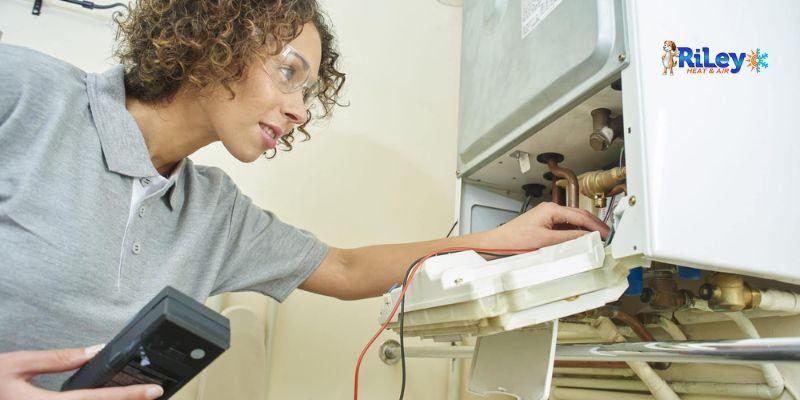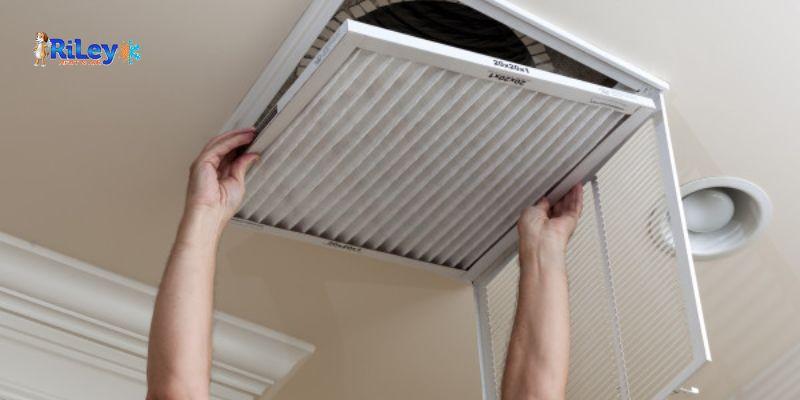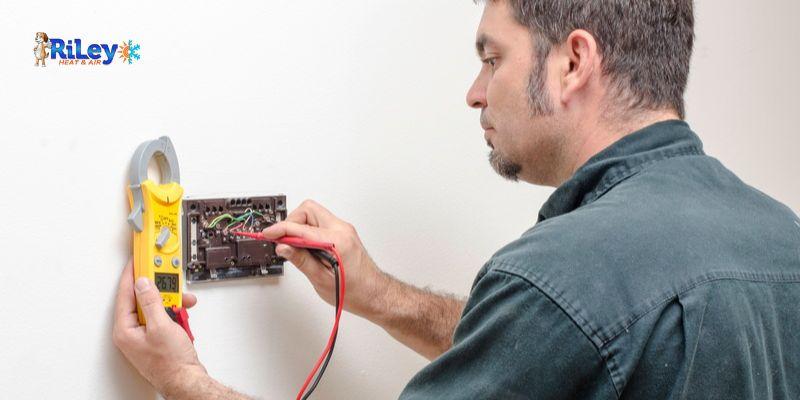
Common Heating Furnace Problems and How to Prevent Them through Regular Maintenance
As the chill of winter settles in, your home's heating furnace becomes an indispensable ally in keeping you warm and comfortable. However, like any other mechanical system, furnaces are prone to wear and tear, leading to potential malfunctions that can disrupt your cozy winter retreat. Fortunately, many of these issues can be mitigated through regular maintenance. In this guide, we will explore common heating furnace problems and offer practical tips on preventing them, ensuring your furnace operates smoothly throughout the cold season. We recommend consulting a professional heating company in Washington, DC, for optimal solutions.
Common Heating Furnace Issues and How to Fix Them
Dirty Filters

A dirty or clogged air filter is one of the most common culprits behind furnace inefficiency. Over time, filters accumulate dust, debris, and other airborne particles, obstructing airflow and forcing the furnace to work harder to heat your home. This increases energy consumption and puts unnecessary strain on the system, potentially leading to overheating or component failure.
Preventative Measure: To avoid this issue, it is crucial to replace your furnace filter regularly, typically every 1–3 months, depending on usage and the type of filter. Additionally, consider investing in high-quality filters designed to trap smaller particles effectively, thus improving indoor air quality and prolonging the lifespan of your furnace. You can contact Washington DC furnace repair company to handle the cleaning for you.
Ignition Problems
Another common issue encountered with furnaces is ignition failure. This can occur for various reasons, including a malfunctioning pilot light, a faulty ignition switch, or dirty burners. When the furnace fails to ignite properly, cold air blows through the vents, leaving you shivering in discomfort.
Preventative Measure: Regular inspection and cleaning of the ignition system are essential for preventing ignition problems. Ensure that the pilot light is lit and burning steadily, and clean the burners periodically to remove any buildup of dirt or debris. Additionally, consider scheduling annual maintenance by a professional HVAC contractor in Washington, DC. to identify and address potential issues before they escalate.
Lack of Maintenance
Neglecting routine maintenance is perhaps the most significant contributor to furnace problems. Minor issues can snowball into malfunctions without proper care and attention, leaving you with a hefty repair bill and a chilly home.
Preventative Measure: Establish a regular maintenance schedule for your furnace, including filter replacement, cleaning, and inspection. Consider enrolling in a maintenance program offered by HVAC companies, which typically includes annual tune-ups and priority service in case of emergencies. By staying proactive and addressing potential issues early on, you can save time and money in the long run.
Thermostat Issues

A malfunctioning thermostat can wreak havoc on your home's heating system, causing temperature fluctuations and uneven heating. Whether due to a dead battery, faulty wiring, or inaccurate calibration, thermostat problems can leave you frustrated and uncomfortable.
Preventative Measure:
- Test your thermostat regularly to ensure it is functioning correctly.
- Replace the batteries as needed, and consider upgrading to a programmable or smart thermostat for greater precision and energy efficiency.
- If you notice any discrepancies between the set temperature and the actual room temperature, consult a technician to diagnose and resolve the issue promptly.
Wear and Tear on Components
Over time, the various components of your furnace, including the blower motor, bearings, belts, and fan blades, can experience wear and tear due to regular usage. If left unchecked, this can result in strange noises, reduced efficiency, and system failure.
Preventative Measure: Regular lubrication of moving parts, inspection of belts and bearings, and cleaning of fan blades are essential maintenance tasks that can help prolong the life of your furnace and prevent premature failure. Additionally, scheduling annual professional inspections can help identify worn-out components and address them before they cause more significant problems.
Ductwork Leaks
Leaky ductwork is a common yet often overlooked issue that can significantly impact the efficiency of your heating system. When ducts are damaged or improperly sealed, heated air can escape into unconditioned spaces, leading to energy waste and reduced comfort levels in your home.
Preventative Measure: Inspect your ductwork periodically for signs of leaks, such as visible gaps, loose connections, or excessive dust accumulation. Seal any leaks using duct tape or mastic sealant, and consider insulating ducts in unconditioned areas to prevent heat loss. Additionally, hiring a professional duct cleaning service can help remove debris and improve airflow, further enhancing the performance of your heating system.
Carbon Monoxide Leaks
Carbon monoxide (CO) is a colorless, odorless gas that can pose a serious health risk if leaked from your furnace. Common sources of CO leaks include cracked heat exchangers, blocked vents, or incomplete combustion due to a lack of oxygen.
Preventative Measure: Install carbon monoxide detectors on every level of your home, particularly near sleeping areas. Test the detectors regularly and replace the batteries as needed. Additionally, schedule annual inspections by a qualified HVAC contractor in Washington, DC, to check for any signs of CO leaks and ensure the safe operation of your furnace.
Improper Ventilation
Proper ventilation is essential for your heating furnace's efficient and safe operation. Blocked vents or flues can restrict airflow and cause combustion byproducts, including CO, to accumulate inside your home, posing a health hazard to occupants.
Preventative Measure: Keep vents and flues clear of obstructions, such as snow, ice, leaves, or debris. Trim any vegetation or other obstacles that may impede airflow around exterior vents. Additionally, ensure that combustion air intakes are unobstructed to provide an adequate oxygen supply for the furnace. Regularly inspect vents and flues for signs of blockages or damage and address any issues promptly to maintain proper ventilation.
Conclusion
Regular maintenance is the cornerstone of a reliable and efficient heating furnace. By implementing the preventative measures outlined above, you can minimize the risk of common furnace problems and ensure optimal performance throughout the winter season. Each step plays a crucial role in preserving your heating system's comfort, safety, and longevity, from replacing filters to inspecting ductwork and detecting CO leaks. By staying proactive and investing in routine maintenance, you can enjoy a warm and cozy home while avoiding the inconvenience and expense of unexpected furnace repairs.
Tags :
COMMENTS
LEAVE A COMMENT







Discovering the common heating furnace problems and learning how to prevent them through regular maintenance is like uncovering a hidden treasure! In Washington, DC, where winters can be brutal, having a well-functioning furnace is non-negotiable. From addressing dirty filters to ensuring proper ventilation, these proactive measures are the key to a cozy home all season long. Gratitude for the knowledge to keep the cold at bay!